Home>Home Appliances>Bathroom Appliances>When Can I Use An Electric Toothbrush After Wisdom Teeth Removal
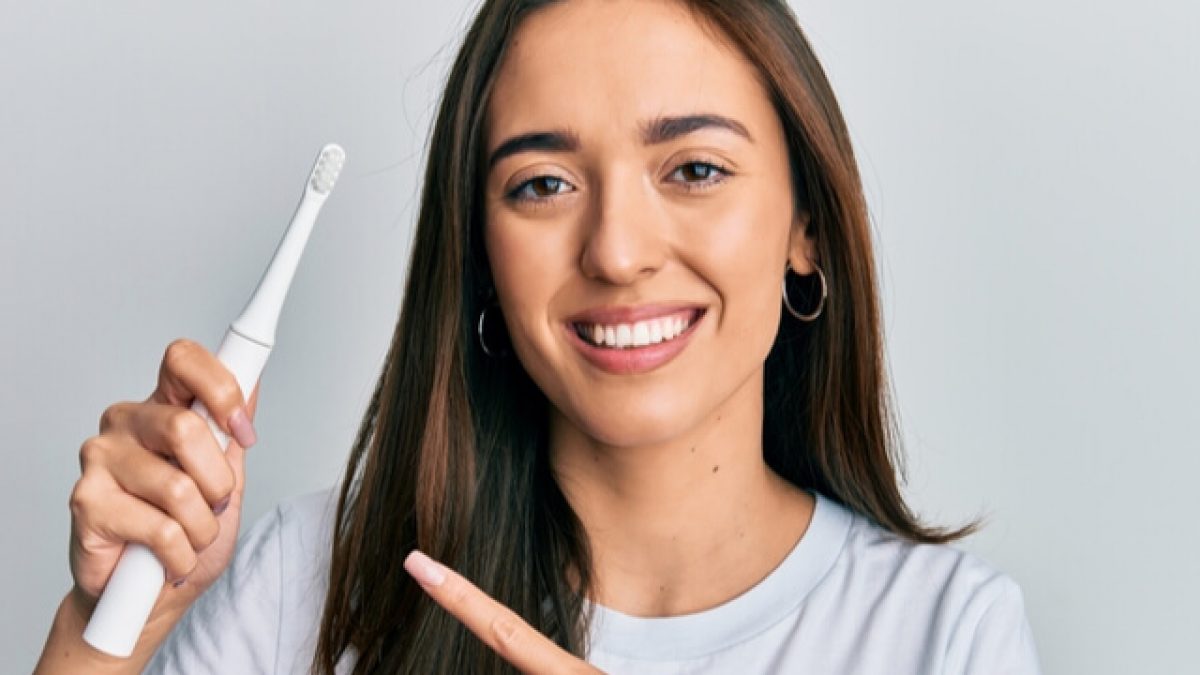

Bathroom Appliances
When Can I Use An Electric Toothbrush After Wisdom Teeth Removal
Modified: January 4, 2024
Find out when it's safe to use an electric toothbrush after wisdom teeth removal. Expert tips on using bathroom appliances post-surgery.
(Many of the links in this article redirect to a specific reviewed product. Your purchase of these products through affiliate links helps to generate commission for Storables.com, at no extra cost. Learn more)
Introduction
Wisdom teeth removal is a common dental procedure that many individuals undergo at some point in their lives. This surgical extraction is often necessary due to issues such as impaction, overcrowding, or infection. While the recovery process varies for each person, it typically involves a period of discomfort and sensitivity in the oral cavity. During this time, maintaining proper oral hygiene is crucial to prevent infection and promote healing.
One essential aspect of post-wisdom teeth removal care is the choice of oral hygiene tools. Among the options available, electric toothbrushes have gained popularity for their effectiveness in removing plaque and debris. However, using an electric toothbrush immediately after wisdom teeth removal may not be advisable, as it could potentially disrupt the healing process. Understanding the appropriate timing for incorporating an electric toothbrush into your oral care routine is essential for ensuring a smooth recovery.
In this article, we will delve into the nuances of wisdom teeth removal, the significance of oral care during the recovery period, and the considerations for using an electric toothbrush after the procedure. By gaining insights into these aspects, you will be better equipped to make informed decisions regarding your oral health following wisdom teeth removal.
Key Takeaways:
- Wait for your dentist’s approval before using an electric toothbrush after wisdom teeth removal. Be patient and gentle to avoid complications and promote optimal healing.
- Prioritize open communication with your dental professional and follow personalized post-operative instructions for a smooth transition to an electric toothbrush. Be attentive to your oral cavity’s healing signals.
Understanding Wisdom Teeth Removal
Wisdom teeth, also known as third molars, are the last set of molars to emerge in the back of the mouth. While some individuals may have sufficient space in their jaws to accommodate these teeth without issues, many people experience complications due to the lack of space or the teeth growing in at an angle. As a result, wisdom teeth may become impacted, causing pain, swelling, and potential damage to adjacent teeth.
When these issues arise, a dental professional may recommend the removal of one or more wisdom teeth through a surgical procedure. The extraction process involves making an incision in the gum tissue, removing any bone that obstructs access to the tooth, and then extracting the tooth itself. In some cases, the tooth may need to be sectioned into smaller pieces to facilitate removal. After the extraction, the surgical site is typically sutured to aid in the healing process.
Wisdom teeth removal is often performed under local anesthesia, intravenous sedation, or general anesthesia, depending on the complexity of the procedure and the patient’s preferences. Following the extraction, it is normal to experience some degree of discomfort, swelling, and bleeding. These symptoms usually subside within a few days to a week, although the complete healing process may take several weeks.
It is important to closely follow the post-operative instructions provided by the oral surgeon or dentist to minimize the risk of complications and promote optimal healing. This includes adhering to a soft diet, avoiding vigorous rinsing or spitting, and refraining from using straws, as these activities could dislodge the blood clot and impede the healing of the surgical site.
Understanding the nature of wisdom teeth removal and the potential challenges associated with the recovery process is essential for making informed decisions about post-operative care, including the selection of oral hygiene tools and techniques.
Importance of Oral Care After Wisdom Teeth Removal
Proper oral care following wisdom teeth removal is paramount for minimizing the risk of complications and facilitating a smooth recovery. The surgical extraction leaves behind open sockets in the gums, which are vulnerable to bacterial infection and other oral health issues. Therefore, maintaining a high standard of oral hygiene is crucial during the post-operative period.
One of the primary concerns after wisdom teeth removal is the formation of dry sockets, a painful condition that occurs when the blood clot at the surgical site becomes dislodged or dissolves prematurely, exposing the underlying nerves and bone. Dry sockets can lead to intense pain and delay the healing process. To prevent this complication, it is essential to keep the surgical sites clean and free from debris.
Gentle oral care practices, such as rinsing with a saline solution or prescribed mouthwash, can help keep the extraction sites clean without disrupting the healing process. Additionally, maintaining a soft diet and avoiding crunchy or hard foods can reduce the risk of trauma to the surgical sites, promoting uneventful healing.
While maintaining oral hygiene is crucial, it is equally important to exercise caution and avoid aggressive brushing or flossing near the extraction sites. Overly vigorous oral care practices can irritate the surgical sites and potentially lead to complications. As such, a delicate and attentive approach to oral hygiene is essential during the initial stages of recovery.
Furthermore, keeping the mouth free from plaque and bacteria is essential for preventing infection and promoting overall oral health. Neglecting oral care after wisdom teeth removal can increase the risk of complications such as infection, delayed healing, and prolonged discomfort. By prioritizing oral hygiene and following the guidance of dental professionals, individuals can contribute to a smoother and more comfortable recovery journey.
Understanding the significance of meticulous oral care after wisdom teeth removal empowers individuals to take proactive measures to safeguard their oral health and promote optimal healing. By prioritizing oral hygiene and adopting gentle, attentive practices, individuals can contribute to a smoother and more comfortable recovery journey.
Wait at least 24 hours after wisdom teeth removal before using an electric toothbrush. Be gentle and avoid the surgical sites to prevent irritation and promote healing.
Using an Electric Toothbrush After Wisdom Teeth Removal
Electric toothbrushes have gained recognition for their ability to provide thorough and efficient oral hygiene care. With their oscillating or rotating bristle heads, electric toothbrushes can effectively remove plaque and debris from the teeth and gum line, offering a convenient and potentially more effective alternative to manual toothbrushes. However, the decision to incorporate an electric toothbrush into one’s oral care routine after wisdom teeth removal requires careful consideration.
Following wisdom teeth removal, the surgical sites are in a delicate state, and any unnecessary disruption could impede the healing process. While electric toothbrushes can offer benefits in terms of plaque removal, their powered movements may be too intense for the sensitive surgical sites, especially during the initial stages of recovery. The vibrations and pressure exerted by electric toothbrushes could potentially dislodge blood clots or irritate the healing sockets, leading to complications such as dry sockets or prolonged discomfort.
It is crucial to prioritize gentle and cautious oral care practices immediately after wisdom teeth removal to minimize the risk of complications and promote optimal healing. As such, the use of an electric toothbrush may need to be postponed until the surgical sites have sufficiently healed and the surrounding tissues have regained their resilience.
While the prospect of using an electric toothbrush after wisdom teeth removal may hold promise for enhanced oral hygiene, it is essential to prioritize the guidance provided by the oral surgeon or dentist. These professionals can offer personalized recommendations based on the specific details of the extraction procedure and the individual’s unique healing process.
When the time is right to reintroduce an electric toothbrush into the oral care routine, it is crucial to do so gradually and with great care. Starting with the lowest intensity setting and using a soft bristle head can help minimize the risk of irritation to the surgical sites while still providing effective plaque removal. Additionally, maintaining a gentle touch and avoiding excessive pressure during brushing is essential to safeguard the delicate tissues as they continue to heal.
By approaching the use of an electric toothbrush with patience and attentiveness, individuals can gradually reintegrate this advanced oral care tool into their post-wisdom teeth removal routine, reaping the benefits of thorough plaque removal without compromising the healing process.
When Can I Start Using an Electric Toothbrush After Wisdom Teeth Removal?
The timeline for reintroducing an electric toothbrush after wisdom teeth removal hinges on the individual’s unique healing progress and the guidance of the dental professional overseeing the recovery process. While there is no one-size-fits-all answer, several factors can influence the timing of incorporating an electric toothbrush into the post-operative oral care routine.
One of the primary considerations is the healing status of the surgical sites. The oral surgeon or dentist will assess the progress of tissue healing during follow-up appointments and provide personalized recommendations based on the specific circumstances. Once the surgical sites have sufficiently healed, and any residual tenderness or sensitivity has subsided, the dental professional may give the green light to gradually reintroduce the use of an electric toothbrush.
It is essential to exercise patience and diligence when awaiting the appropriate time to use an electric toothbrush after wisdom teeth removal. Rushing into the use of this advanced oral care tool before the tissues have fully healed can increase the risk of complications and discomfort, potentially hindering the overall recovery process.
Individuals should closely adhere to the post-operative instructions provided by their dental care team, as these guidelines are tailored to their specific needs and recovery trajectory. By communicating openly with the dental professional and attending scheduled follow-up appointments, individuals can gain clarity on when it is safe and beneficial to transition to an electric toothbrush.
Furthermore, the choice of an electric toothbrush with adjustable settings, such as varying intensity levels and soft bristle options, can facilitate a smoother transition. Starting with the lowest intensity setting and gradually increasing as tolerated can help minimize the risk of irritation to the healing tissues while allowing for effective plaque removal.
Ultimately, the decision to start using an electric toothbrush after wisdom teeth removal should be made in collaboration with the dental professional overseeing the recovery process. By following their guidance and remaining attentive to the signals of healing and comfort within the oral cavity, individuals can navigate the transition to an electric toothbrush with confidence and promote continued oral health and well-being.
Read more: When Should I Change Toothbrush After Covid
Conclusion
Wisdom teeth removal is a significant dental procedure that necessitates careful post-operative care to ensure optimal healing and minimize the risk of complications. The choice of oral hygiene tools, including the potential use of an electric toothbrush, is an important consideration during the recovery period. By understanding the nuances of wisdom teeth removal and the implications for oral care, individuals can make informed decisions to support their healing journey.
Following wisdom teeth removal, maintaining meticulous oral hygiene is crucial for preventing infection, promoting healing, and safeguarding overall oral health. While electric toothbrushes offer the promise of efficient plaque removal, their use must be approached with caution, especially during the initial stages of recovery. The delicate nature of the surgical sites requires gentle and attentive oral care practices to minimize the risk of complications and discomfort.
When contemplating the use of an electric toothbrush after wisdom teeth removal, individuals should prioritize open communication with their dental professional and adhere to personalized post-operative instructions. By following the guidance of the oral surgeon or dentist, individuals can navigate the transition to an electric toothbrush at the appropriate time, taking into account the unique healing trajectory of their oral cavity.
Ultimately, the decision to start using an electric toothbrush after wisdom teeth removal should align with the signals of healing and comfort within the oral cavity, as well as the recommendations of the dental care team. By exercising patience, diligence, and attentiveness, individuals can contribute to a smooth and comfortable recovery process while promoting long-term oral health and well-being.
By prioritizing gentle and cautious oral care practices, individuals can gradually reintegrate advanced oral hygiene tools, such as electric toothbrushes, into their post-wisdom teeth removal routine, reaping the benefits of thorough plaque removal without compromising the healing process.
In conclusion, the journey to incorporating an electric toothbrush after wisdom teeth removal is a personalized and dynamic process that requires careful consideration and collaboration with dental professionals. By prioritizing gentle and attentive oral care practices, individuals can contribute to a smooth and comfortable recovery process while promoting long-term oral health and well-being.
Frequently Asked Questions about When Can I Use An Electric Toothbrush After Wisdom Teeth Removal
Was this page helpful?
At Storables.com, we guarantee accurate and reliable information. Our content, validated by Expert Board Contributors, is crafted following stringent Editorial Policies. We're committed to providing you with well-researched, expert-backed insights for all your informational needs.
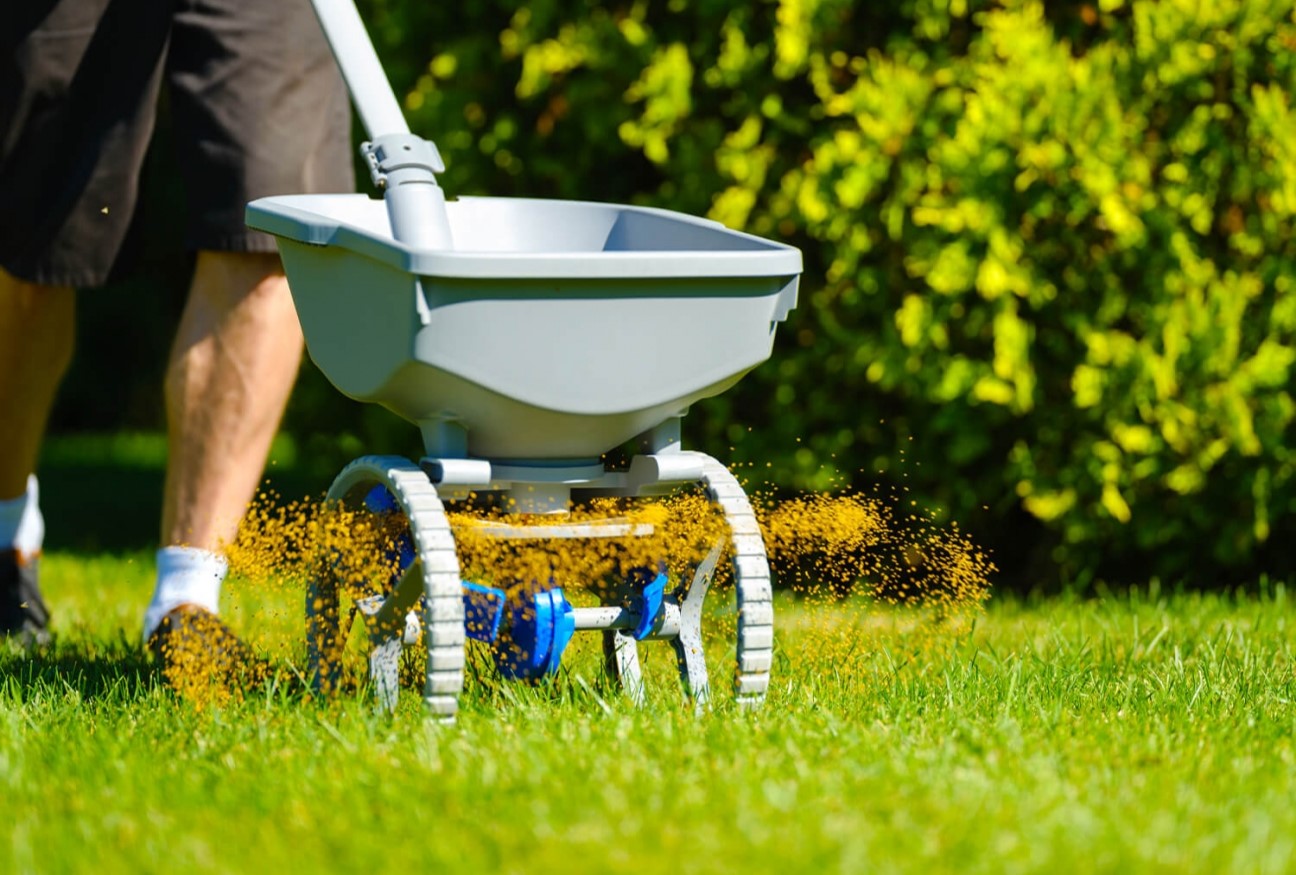
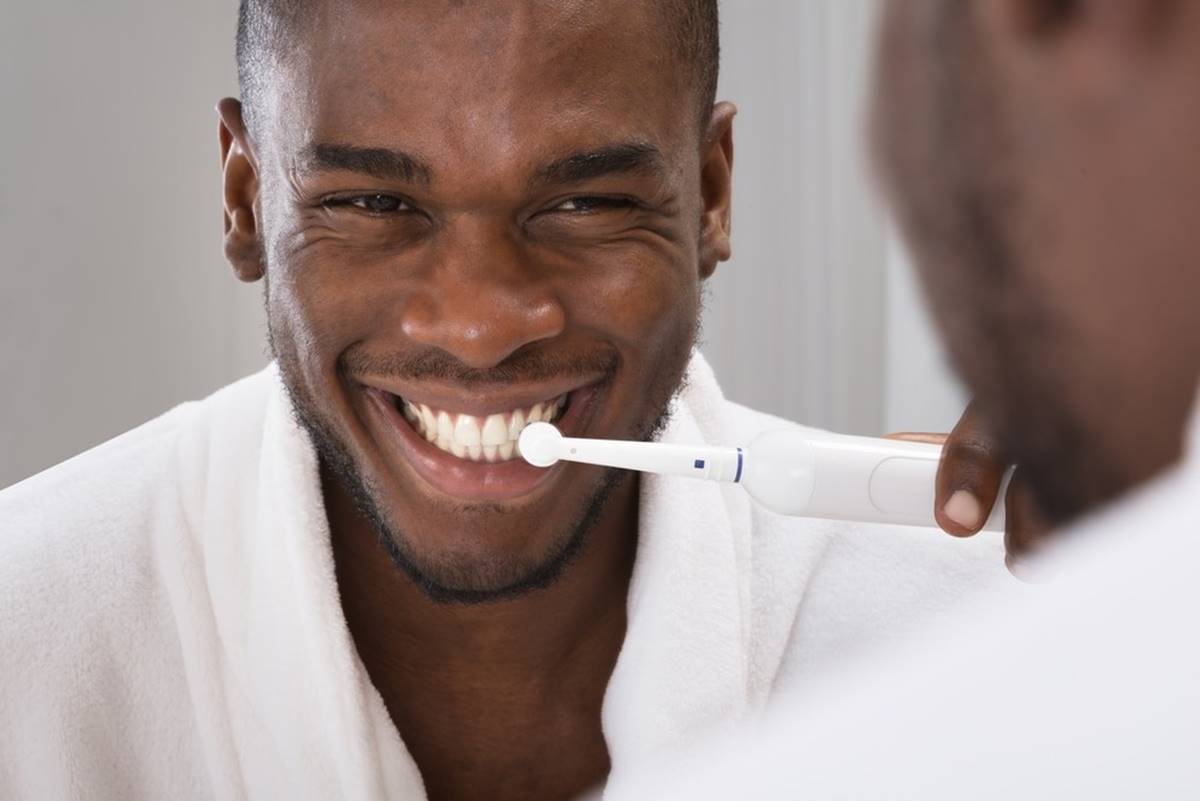
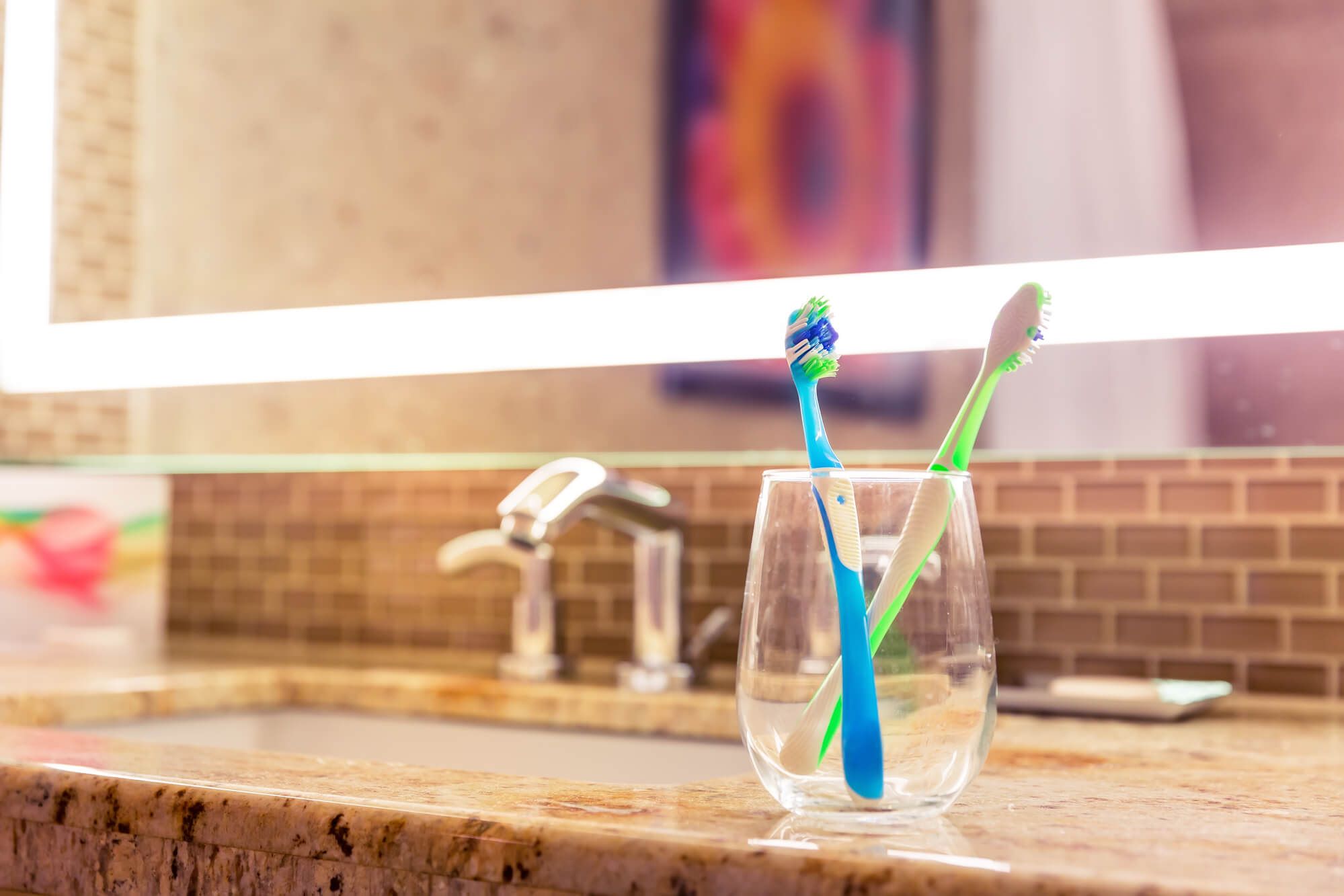
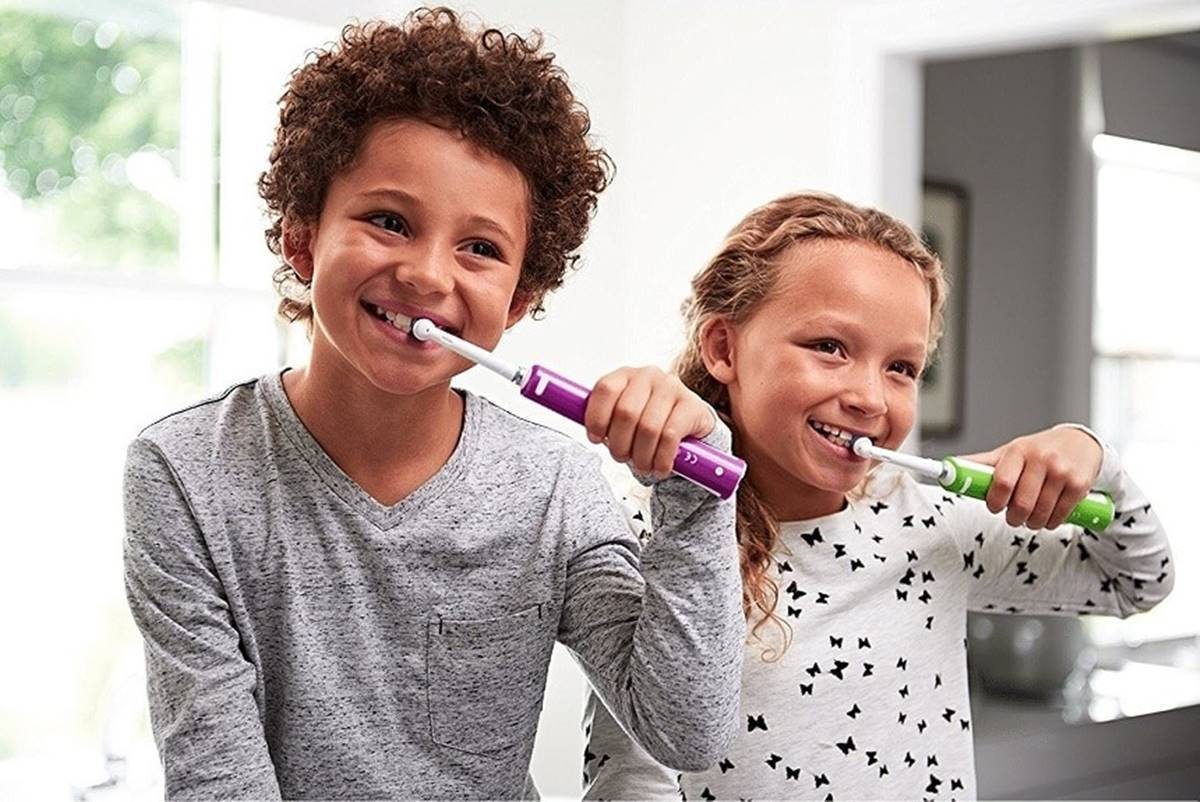
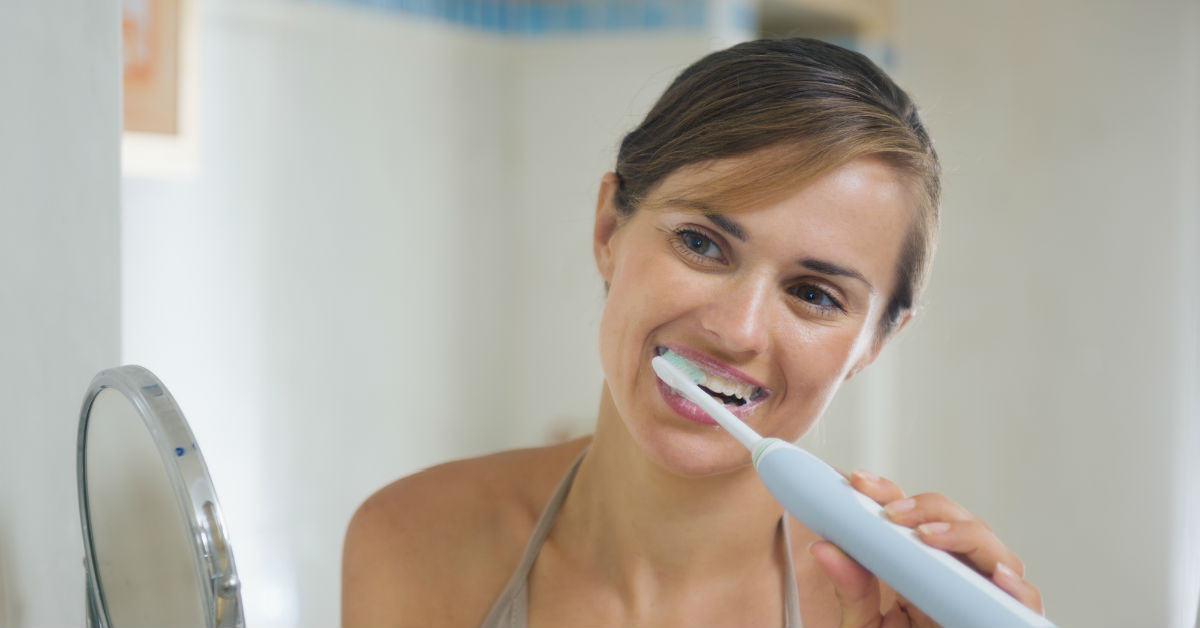
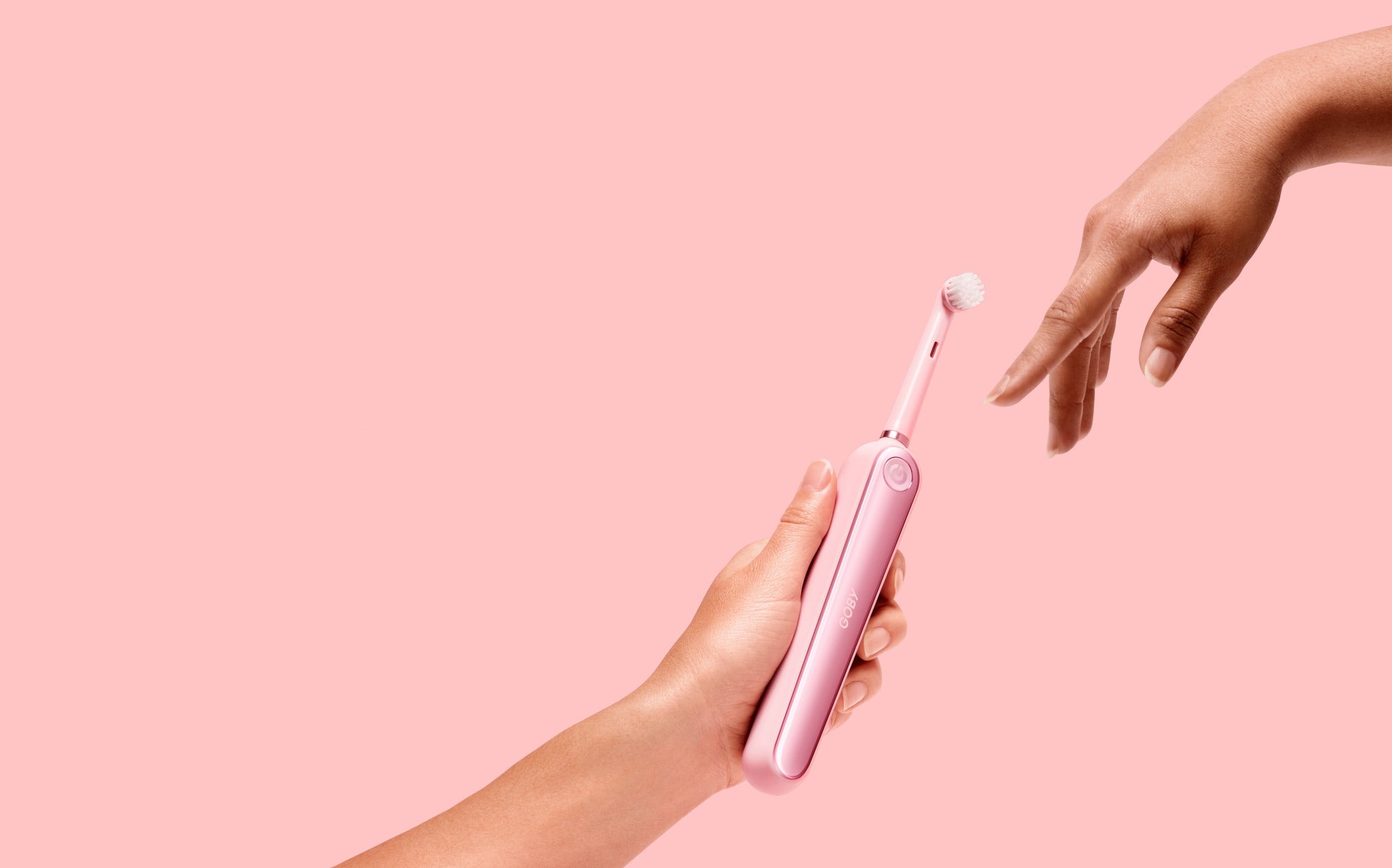

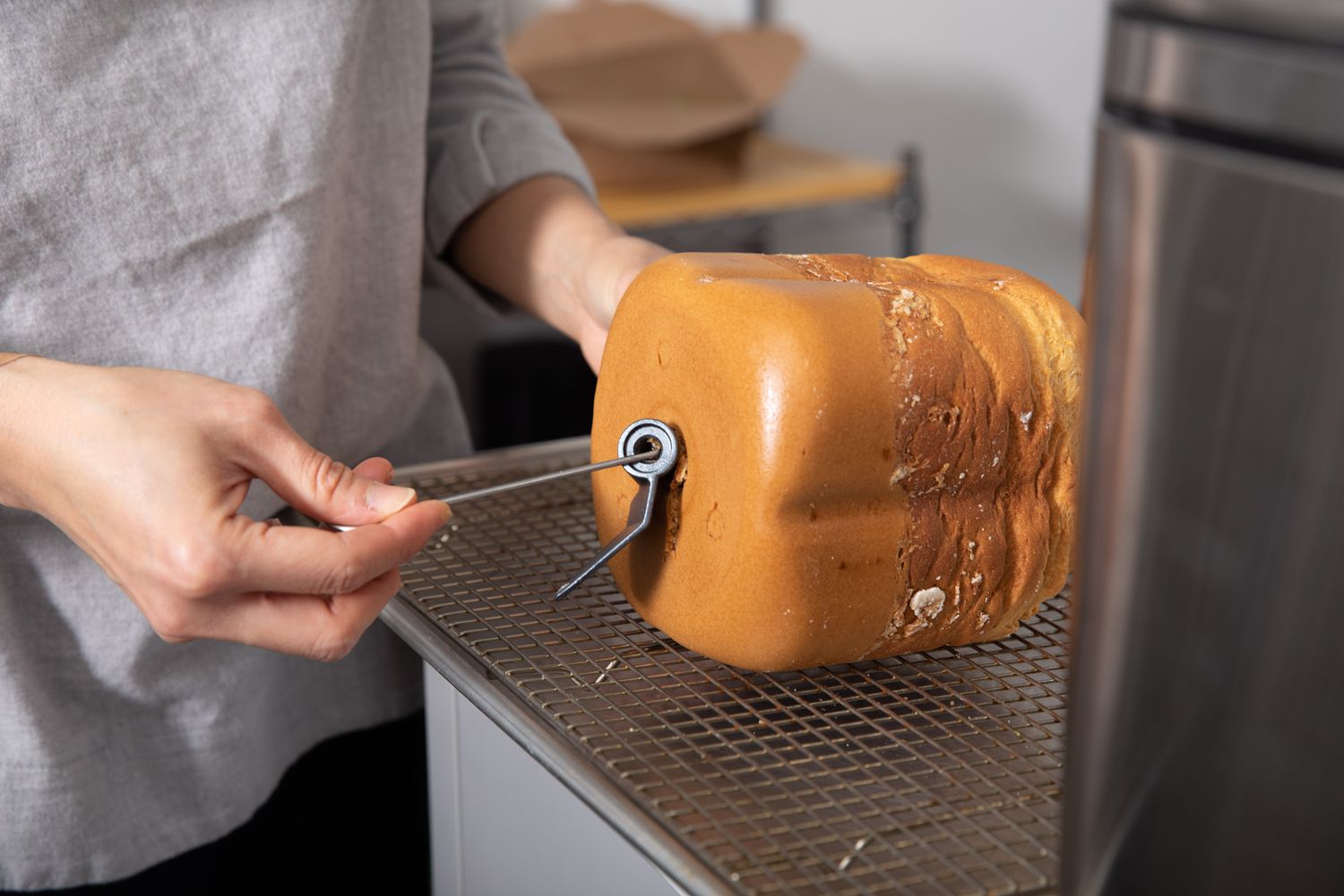
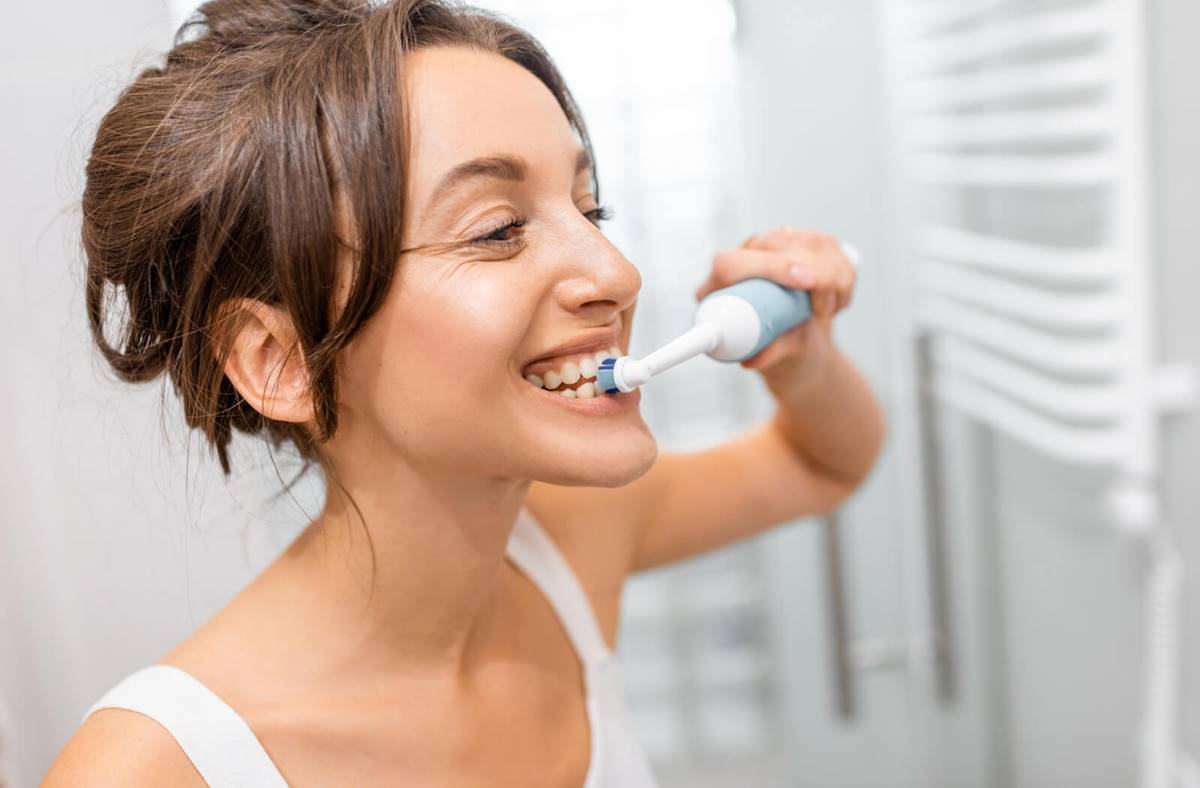

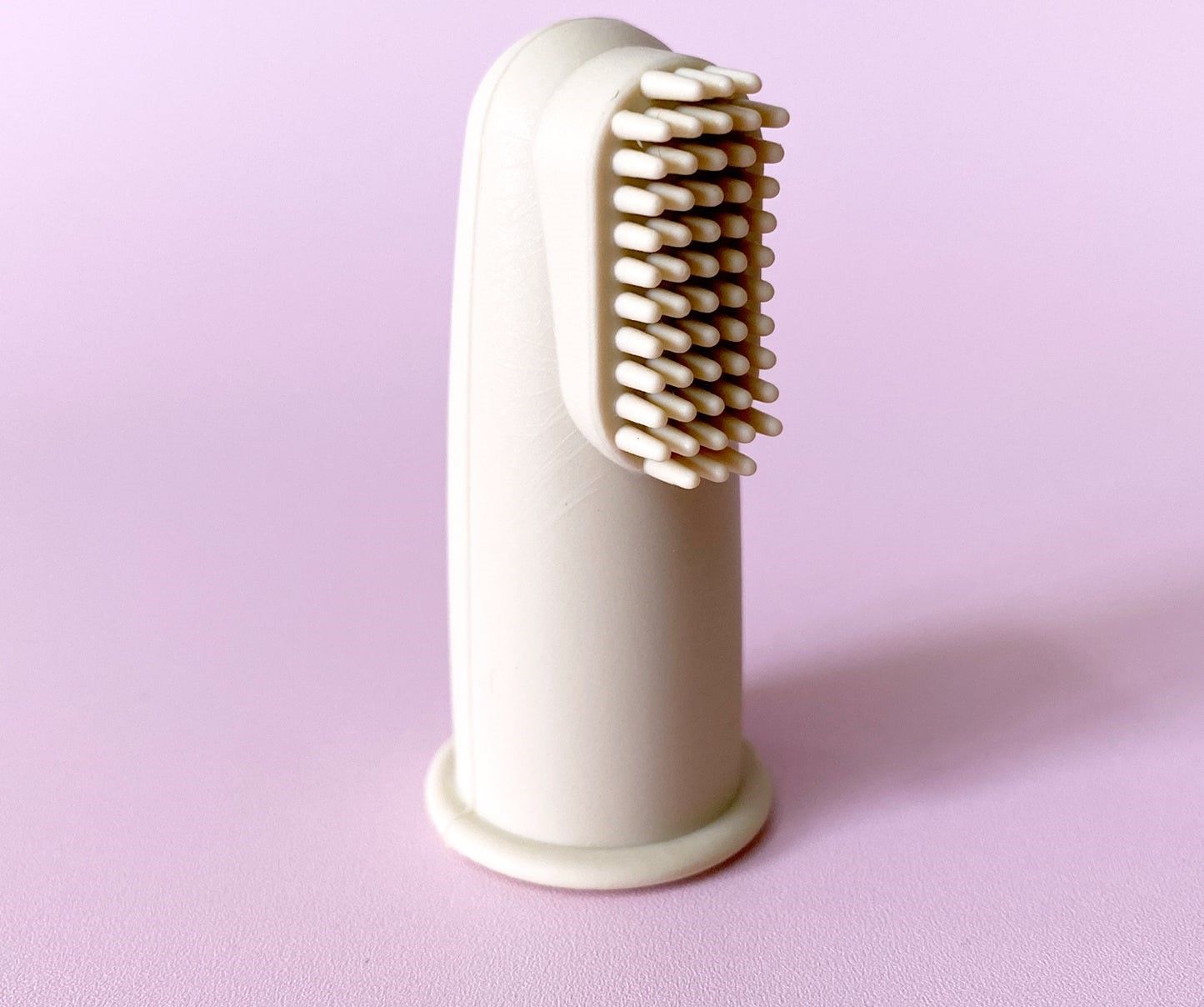
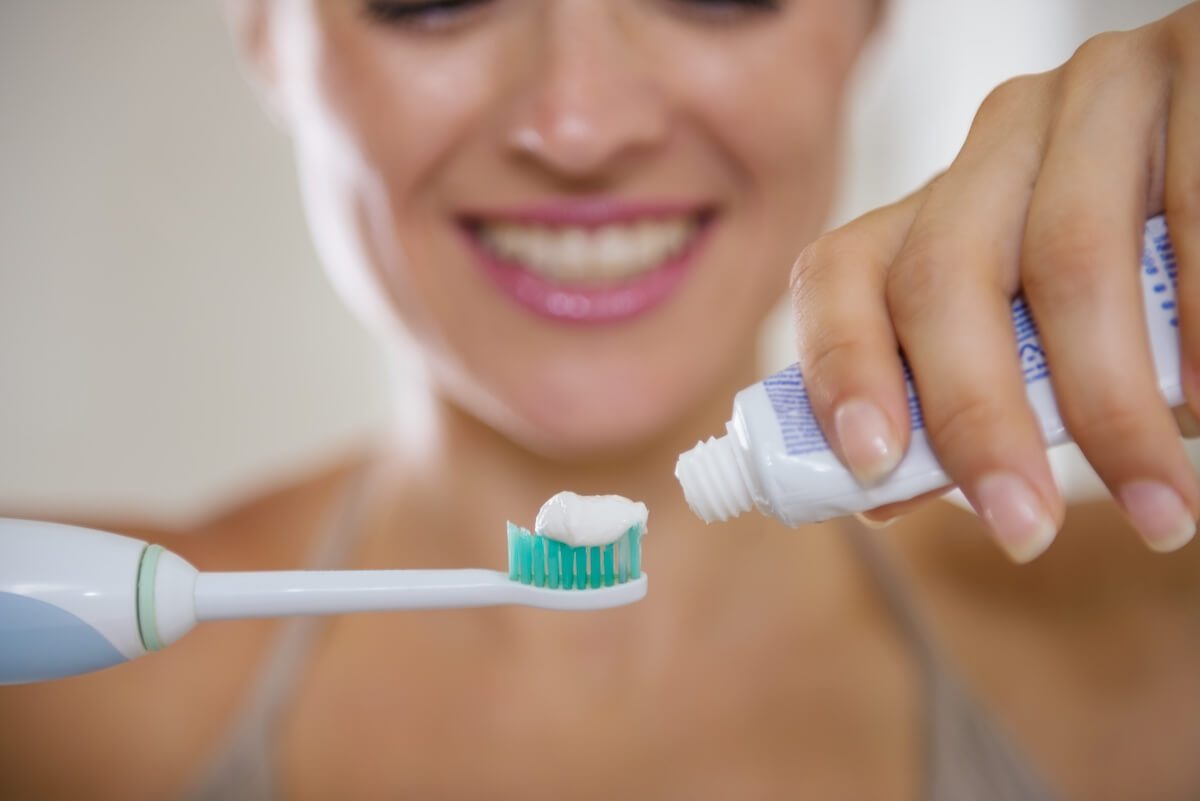
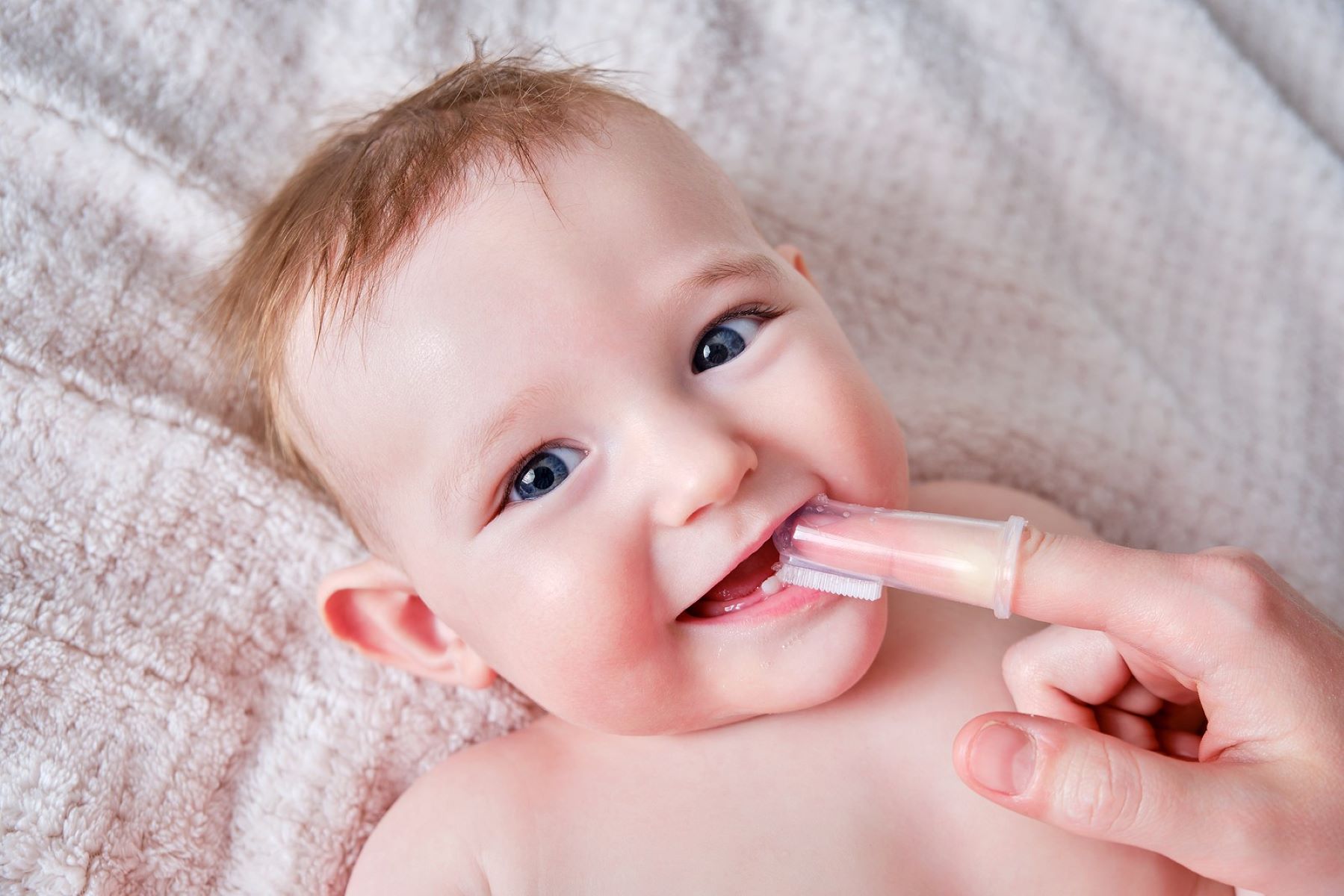
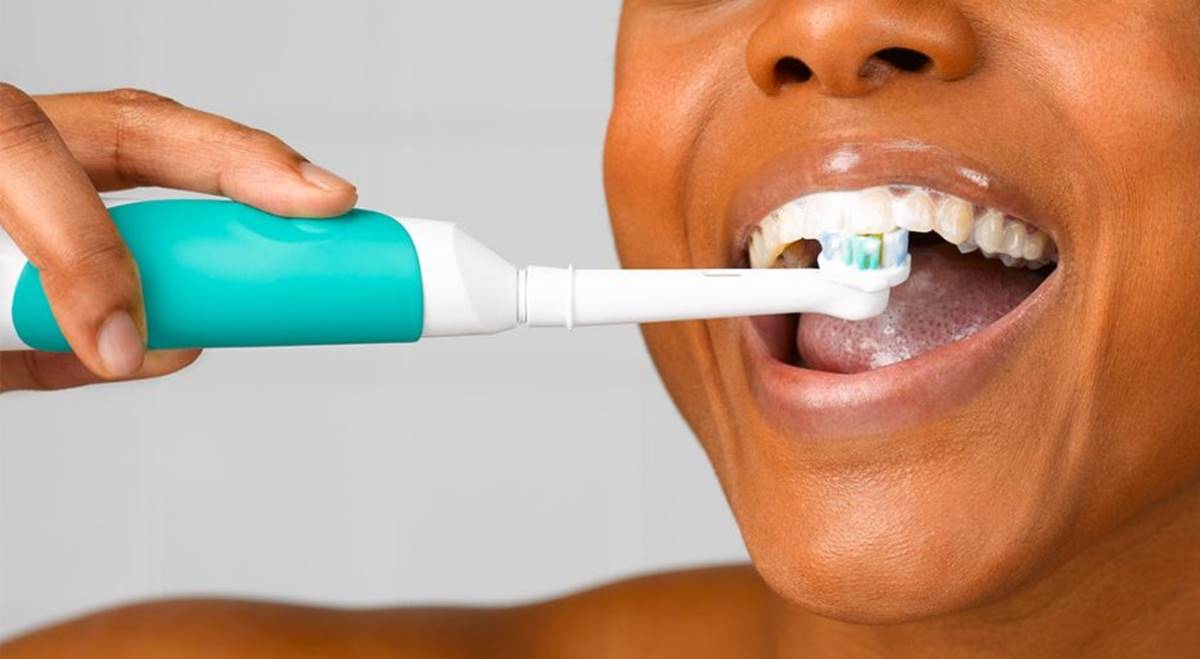

0 thoughts on “When Can I Use An Electric Toothbrush After Wisdom Teeth Removal”